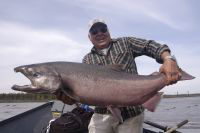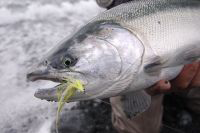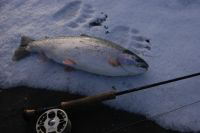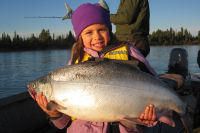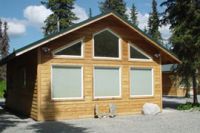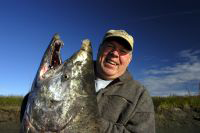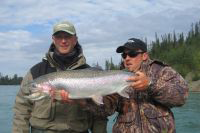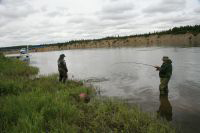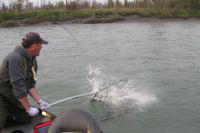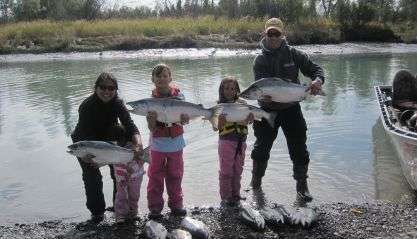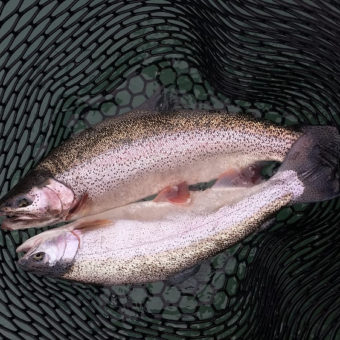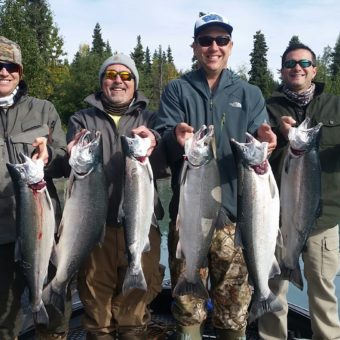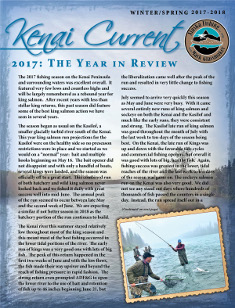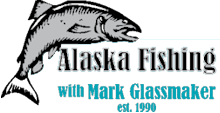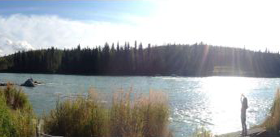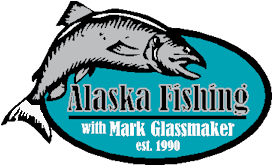After a very long, nearly two week meeting in Anchorage, the Alaska Board of Fisheries adjourned it’s three year Upper Cook Inlet Finfish meeting with a number of changes to Cook Inlet fishing regulations, the most significant by far being changes to both the commercial drift gillnet and East Side set gillnet fisheries management plans. These fisheries are both managed with separate plans and for the set net plan, the board chose to enact paired restriction whereas if and when the in river sport fishery for king salmon is restricted to catch and release, East Side Set Netters could only fish one of their two regular 12 hour periods. After Aug 1, if the escapement of late run of Kenai King salmon is not projected to be 22,500 fish, the set net fleet would be restricted to not more that 36 total hours of total fishing time in the two week period in August before the fishery is finally closed for the season. This amounts to a considerable revision of the previous plan in that prior to these changes, commercial managers had far more discretion in using the emergency order powers in allowing more set net fishing time to prevent too many sockeye from escaping into the Kenai and the Kasilof Rivers despite dangerously low king salmon numbers returning at the same time. The Board made it very clear through their action that underescaping one stock is not acceptable simple to avoid overescaping another. While the Department still has EO authority to go outside the plan, again the Boards concern for kings was made abundantly clear. With projections for an above average 4 million sockeye salmon run and a below average 19,500 late run of king salmon, the plan will be put to the test soon enough. Stay tuned until July.
The board was not only concerned with escapement for Kenai King Salmon, it also made some major changes to the Upper Cook Inlet Commercial Drift Management Plan with the intent of passing more fish on to the Matanuska Susitna Valley. This region has seen their salmon runs from sockeye to king to silvers all fall to historical lows in recent years. Commercial interests pointed at increased urbanization across the valley and in river problems like habitat destruction, pike infestations and excessive beaver dams. Other blamed back to back Inlet wide 24 hour emergency openers for the commercial drift gillnet fleet targeting abundant Kenai and Kasilof sockeye for also intercepting high numbers of salmon headed north for the Valley. The board felt again that when presented with the case of overescaping one species and system in the face of underescaping others, the priority should be to help the run that is struggling. In a landmark decision for Northern Cook Inlet fisheries, the board changed the Drift Gillnet Management plan to allow more Inlet wide fishing time early before the bulk of the Northern District (and Kenai Kasilof) fish arrive and then in mid to late July, move the Drift Gillnet Fleet closer to the East Side of Cook Inlet where they are more likely to catch stocks bound for the Kenai and Kasilof Rivers. They will be restricted to one or more of three distinct zones, Area, 1, Area 2 and a newly created Anchor Point section after July 16 and will not be allowed to fish Inlet wide as in previous years. Just how this will work for preventing overescapment to the Kenai and Kasilof is yet to be seen, but it will most certainly pass numerous sockeye and silvers to Northern Cook Inlet streams such as the Yentna, Deshka, and Little Susitna as well as West Side Cook Inlet Rivers like the Kustatan and Big River.
Other noteworthy proposals that were discussed but did not pass were any number of potential restrictions to the in-river sport and personal use fisheries including closing down sections of the river, drift boat only days, and legal snagging for sockeye, just to name a few. Overall it was largely status quo for the Kenai River with the exceptions of moving the Slikok Creek sanctuary by 300 feet, and making barbless hooks mandatory when catch and release restrictions are placed on the Kenai King fishery.
In other action up North, the board did pass a requirement allowing only four stroke or direct injection motors to be used on the Little Susitna. This law will be mandatory beginning Jan. 1, 2017.
For a more detailed look at the 2014 Upper Cook Inlet Finfish Meeting, here are links to a number of articles published before, during and after the meeting:
- http://www.alaskajournal.com/Alaska-Journal-of-Commerce/February-Issue-1-2014/Local-fishing-organizations-gear-up-for-Cook-Inlet-meeting/
- http://peninsulaclarion.com/news/2014-02-01/adfg-staff-others-present-cook-inlet-research-to-board-of-fisheries
- http://www.alaskadispatch.com/article/20140205/alaska-board-fisheries-calls-shallower-setnets-hopes-saving-kenai-kings
- http://peninsulaclarion.com/news/2014-02-05
- http://juneauempire.com/state/2014-02-03/fish-board-considers-cook-inlet-proposals
- http://homernews.com/homer-news/business/2014-02-12/commercial-fishing-fleet-takes-hits-from-bof
- http://m.peninsulaclarion.com/news/2014-02-13-0
- http://www.alaskadispatch.com/article/20140215/some-commercial-fishermen-upset-alaska-fish-boards-new-scheme
- http://www.frontiersman.com/news/board-of-fish-ends-meeting-with-flurry-of-activity/article_c1effcb2-96cd-11e3-905a-001a4bcf887a.html

